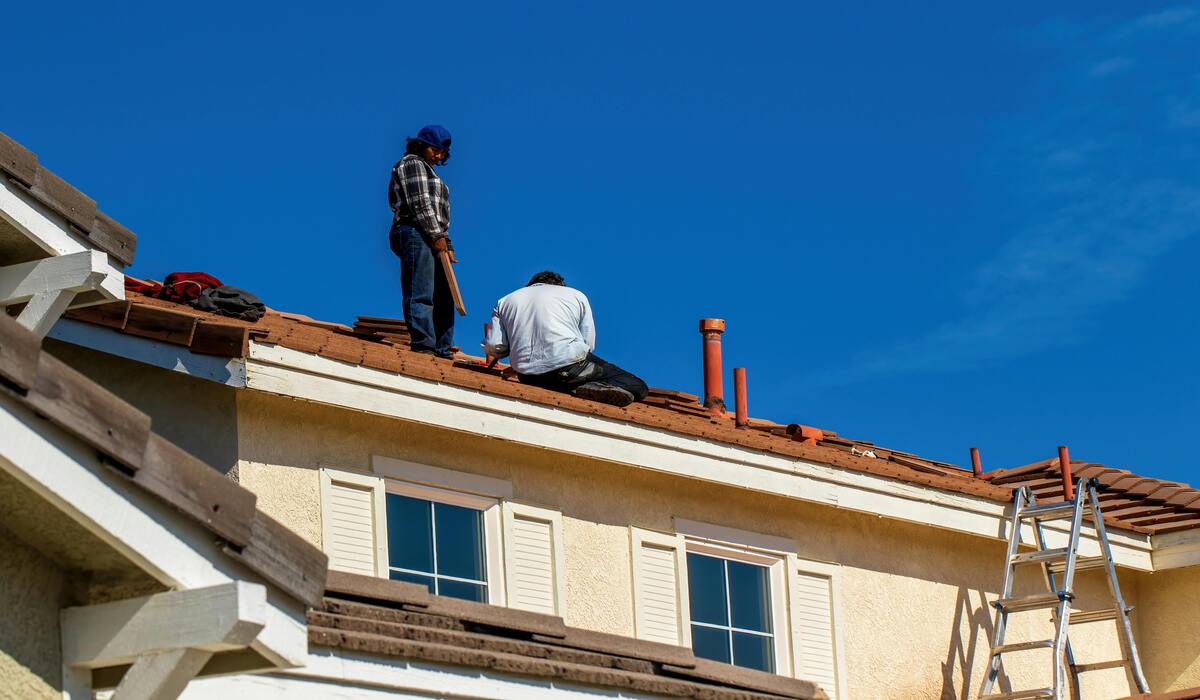Working at high elevations represents extreme occupational hazards so roof safety needs urgent attention. A roof access system with proper design provides safety protection for workers while meeting all relevant safety standards. This article outlines all the necessary steps including equipment selection and safety standards to create a dependable roof access system.
Have the Right PPE
Every work at heights requires Personal Protective Equipment first as your basic safety layer. Employee safety gear reduces their chance of getting hurt and keeps them safe. Key PPE for roof work includes:
- Fall arrest harnesses: Make sure workers wear and test their safety equipment during each use.
- Lanyards and connectors: Put shock-absorbing lanyards in use to decrease fall impact for workers at elevation.
- Non-slip footwear: Protect yourself from slipping and tripping accidents through robust grip-enhanced work boots.
- Head protection: Wearing a helmet protects items that fall and hard surface collisions.
All PPE that workers use at work must follow Australian safety regulations and remain in a usable condition. Teach employees to use these products correctly for the best results.
Use the Right Equipment
Your roof safety systems perform their best when you choose appropriate equipment. Your investment in rugged roof access equipment needs to be your top safety priority. Consider the following essentials:
- Ladders and scaffolding: Position your equipment steadily according to safe rules and national guidelines.
- Anchor points: Secure safety harness mounts need to be put correctly throughout the roof area.
- Guardrails and barriers: These solutions ensure basic safety and are perfect for sustained roof entry.
- Access hatches: Safe roof access depends on the right hatch engineering.
Look at your equipment constantly and fix it when needed to protect your safety.
Have a Buddy System at All Times
Working alone on roofs increases accident chances and makes fast medical response difficult. When workers pair up they can support each other on site or reach out for help when needed.
Key aspects of a buddy system include:
- Constant communication: Keep in touch with your partner through portable radios or cell phones while working at height.
- Safety checks: Verify with your partner that you put on safety gear properly before work begins.
- Emergency support: A partner can offer assistance quickly when you face a fall or injury situation.
When working in pairs the buddy system builds teamwork while giving both partners reduced risk of accidents.
Enforce Roof Access Rules
Standards controlling how people get on and off roofs protect workers from accidents. These rules should cover:
- Access permissions: Only qualified professionals get to use the roof.
- Pre-inspection requirements: Check the site area first for dangers including unsteady ground conditions, weather issues or building problems.
- Prohibited activities: Make it clear which unsafe practices such as heavy loads and safety tool changes are prohibited.
- Emergency protocols: Teach workers the right response when emergencies or building evacuations occur.
Show safety rules near all entry points to the roof and keep your staff and visitors following these rules.
Train Your Staff Properly When Working at Heights
A complete training program builds the foundation of roof safety systems that work well. Workers need to know they can correctly operate equipment while feeling protected from the dangers present in their workspaces. Training programs should include:
- Work-at-heights certification: The business should only use qualified instructors who are licensed by authorized agencies.
- Practical demonstrations: Let employees try out safety equipment including ladders and harnesses before they start this work.
- Hazard identification: Help workers spot slippery areas and weak roof parts plus bad weather dangers.
- Emergency procedures: Teach team members the right actions to take when someone suffers a fall or injury on the job.
Workers gain fresh safety information through training programs that teach them new methods and show them updated industry standards.
Conclusion
Putting together a safe roof access system protects everyone who works above ground level. Providing workers with approved protection gear plus quality tools teamwork plus safe roof access standards today makes our workplace safer. Your team will feel more confident about working at heights once they complete effective training.
Purchasing complete roof safety systems safeguards lives and results in better work performance while meeting Australian safety requirements. A safe working system depends on more than just equipment choices because it needs to support a region where employees stay protected from risks at all times.








